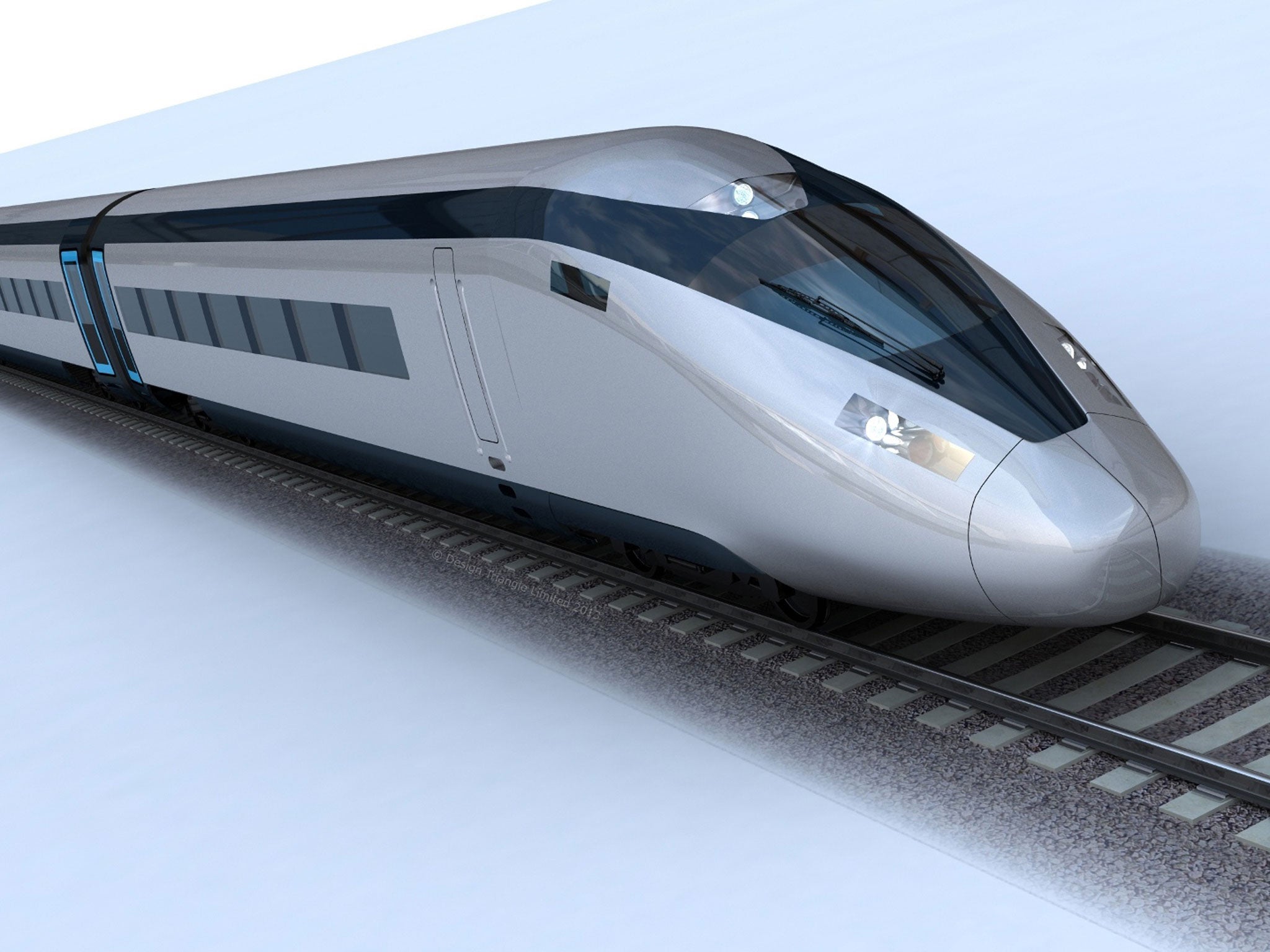The saving of HS2? Ed Balls is on the right track with plan to adapt route of Great Central Railway
Who says you can’t re-open a closed main line?

Imagine a rail main line to the north running parallel to the controversial new HS2 route. It’s already built to the highest inter-continental standards. Much of the track is already in place and the stations and viaducts mellowed into the landscape. There will be no need to blast through our green and pleasant land to revive it, let alone blowing a mooted £70bn on the price of a brand new railway.
Sounds like the fantasy of a deluded anti-HS2 campaigner? Not at all. Much of it exists here and now – and yesterday a detonator was lobbed onto the tracks of David Cameron’s plans for HS2, with reports that Ed Balls is looking at the idea of adopting the route of the former Great Central Railway as an alternative to HS2.
With 73 miles of track between London and Birmingham still in use, the Great Central, built in the last years of the 19th century, remains the newest domestic main line in Britain, once connecting Manchester, Sheffield, Nottingham and Birmingham to London’s Marylebone station. It was our last-ever and most visionary main line, with plans to run through a new Channel tunnel to Paris. Armies of navvies laboured to build an ultra-straight railway, with no gradient steeper than 1 in 176 and no curve broader than a mile in radius – the greatest achievement since Brunel. No British inter-city railway on such a scale has ever been built since. Even today it is our only domestic main line that can take European-sized trains. But in the blinkered vision of the 1960s, Beeching binned the northern section. The rump of the line into London was planned to be a busway. But smart ideas by private rail company Chiltern Railways saved the London-Birmingham section, transforming it into what is one of today’s most comfortable and popular railways.
So why not some similar bright ideas as the signals turn increasingly red along Cameron’s proposed HS2 route, with a head of steam building up for a crucial Commons debate on HS2 this Thursday? Of course, there would be difficulties – some of the sections of the old GC line to the north run through tightly packed urban areas and have already been built over – 50 miles of the route are missing.
But who says you can’t re-open a closed main line? I’ve just returned from travelling over the brand-new trackbed of the old Waverley Line through the Borders from Carlisle to Edinburgh – the most infamous of Beeching closures, now being painstakingly rebuilt by Network Rail over 40 miles and due to open as a state-of the-art main line in 2015. Local people love it – and so much attention has been paid to local environmental interests that even rare lampreys have been relocated from a stream to avoid disturbance from the trains.
Who knows whether this latest variation on HS2 will ever leave the station? But it is a signal, if there ever was one, that some fresh thinking is needed to prise Cameron’s cherished project out of the sidings.
Michael Williams is author of ‘On the Slow Train’. His newest book, ‘The Trains That Passed’, will be published by Preface in spring 2015

Join our commenting forum
Join thought-provoking conversations, follow other Independent readers and see their replies
Comments